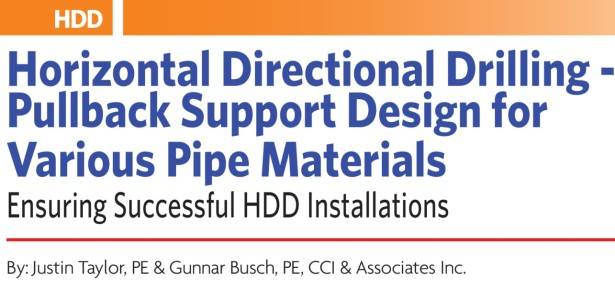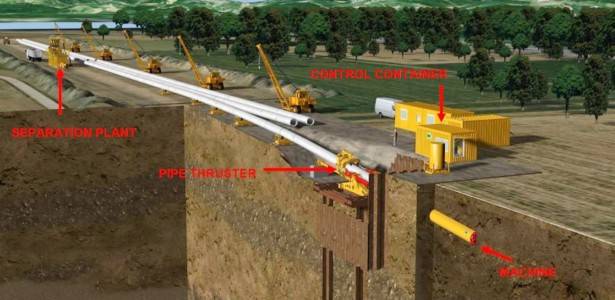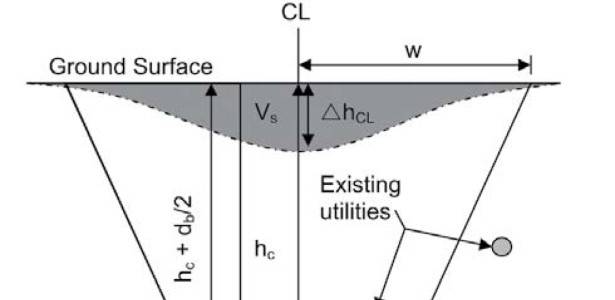Overview
Over the last three decades of a constantly improving and evolving industry, one of the main topics of conversation consistently at the forefront of the Horizontal Directional Drilling (HDD) industry is Guidance/ Steering Systems. Accuracy in locating subsurface drill assemblies throughout the drilling process has always been important, and is only becoming more so, with utility corridors and urban areas becoming more and more crowded with underground utilities. Being able to accurately locate and guide downhole drills is not only important to ensure safe separation from existing utilities, it is also key in ensuring designed radius specifications are adhered to so that the installed product pipe is not in danger of being over-stressed and failing during installation or operation.
Many different technologies have been introduced over the years, and there are multiple different systems and tools that are currently in use today. In this article, we will present a comparative analysis of the guidance tools in the horizontal directional drilling industry. We will provide pros and cons for each system and help engineers and contractors establish what should be used for the project they are currently planning by specifying the right tool for the job. It is important to note this is a very high-level comparison and further detailed investigation of the specific project is always required prior to specifying any type of equipment.
During the infancy stage of horizontal directional drilling in the late 80s, several different techniques were used to try to get from the entry to the exit point with accuracy. Accuracy during this period meant being able to drill to the other side of the obstacle being crossed, exiting at a suitable location that allowed for the utility to be tied in and used. The oilfield “Single Shot” survey technology that was developed in the 1930s was being used to accomplish this requirement. This proved to be quite difficult and over several years with a significant number of failures, it was clear that a new system was required for the industry to flourish. The introduction of “Tru-Tracker” technology, which significantly increased the accuracy of drills, allowed the industry to grow from a mom and pop business to the billion-dollar industry it is today.
“Tru-Tracker” is a steering tool that uses a sensor placed directly behind the drill bit and a wire called a “coil” placed on the ground surface. The coil’s position is surveyed and when pulsed with DC current it creates an electromagnetic field of known orientation. The borehole position is determined by sensing the orientation and strength of the magnetic field at the sensor behind the drill bit. This tracking method that allowed a verification to the calculated magnetic location was pivotal to the advancement of the industry today.
Currently in the market, there are several types of technologies that are commonly used throughout the HDD industry. The different technologies have varying levels of accuracy and applicability to the specific constraints of the crossings. The list below is a brief summary of the main types of technology used today, how they work, and some of their limitations.
Authors
Dave Dupuis C.E.T., CCI & Associates Inc.




